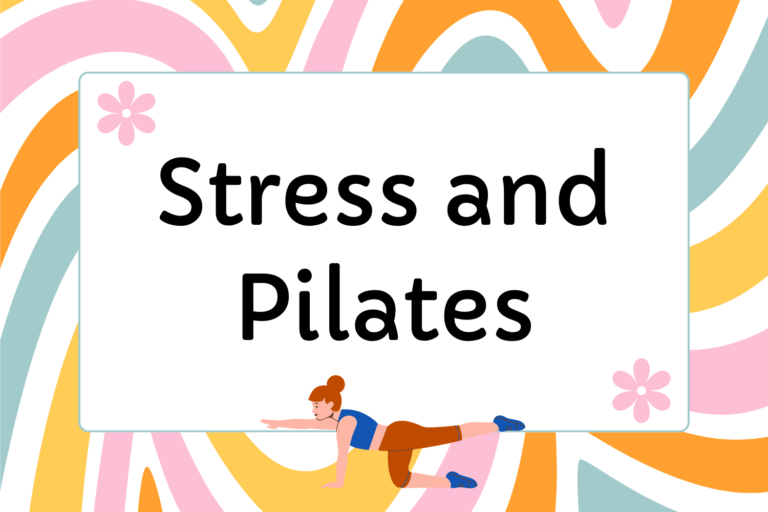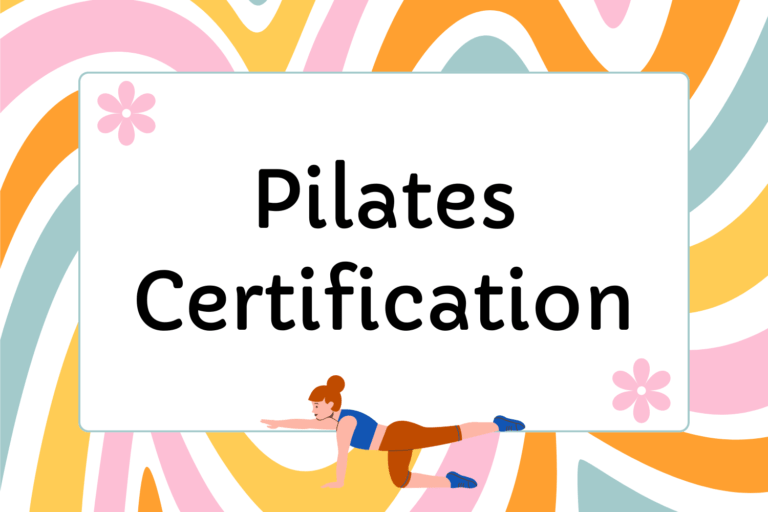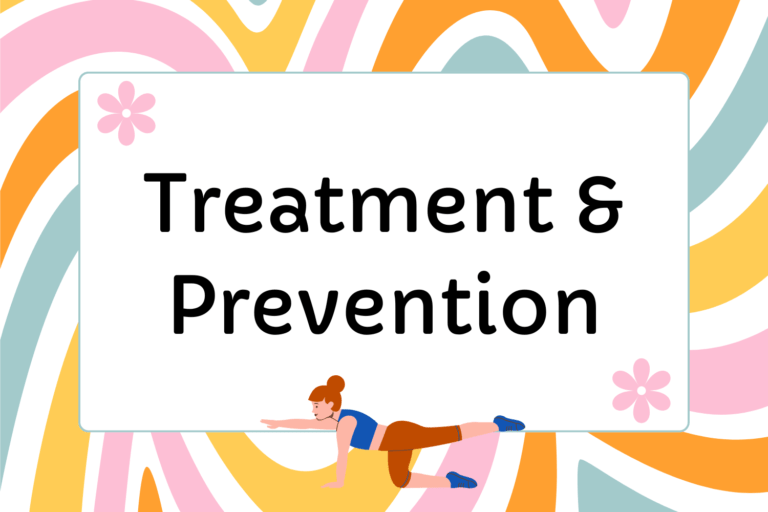Pilates can be a great way to sculpt long and lean muscles while building flexibility, core strength, and poise. Understanding a few simple guidelines can help you feel more comfortable during your practice, whether you’re at a gym, Pilates studio, or practicing along with a video or a Sportmentary guide at home. Keep reading for a few tips that will enhance your experience and make the most of Pilates’ benefits.
1. Dress Comfortably
Be sure to wear comfortable, breathable clothes that allow for a full range of motion in your legs, arms, and torso. Stick with fitness wear that is slim-cut, but not tight or restrictive. Leggings or exercise shorts and a sleeveless workout top work perfectly. Layers can help keep your muscles warm before and after practice, so a long-sleeved shirt can be a comfortable addition to your outfit.
2. Bare Your Feet
Pilates is usually practiced with bare feet, so take your shoes and socks off. Having bare feet will prevent you from slipping on the mat, and it will also serve as a good reminder to remain in Pilates stance throughout your practice.
3. Eat Light
Though you should try to avoid eating anything heavy within the hour prior to your workout, you may want to have a small snack, like fruit or nuts. Anything too filling will not only zap your energy, but it could cause you to cramp or feel nauseous. Focus instead on hydrating beforehand and eating after your workout.
4. Hydrate Well
“Man’s inherited birthright is physical perfection.”
Joseph H. Pilates
Although you might not sweat as much during a Pilates class as you might during a spin class or Bikram yoga, you’ll still need to make sure your body is getting enough water and electrolytes. Sip water throughout the day to ensure you’re sufficiently hydrated. If you tend to sweat more, perk up your hydration with electrolyte tablets or sports drinks; these will help to replenish lost potassium, sodium, and other important electrolytes.
5. Practice on a Mat
If you’re doing Pilates at home on a carpeted floor, it might be tempting to just lie down on the carpet rather than on a mat. However, Pilates mats protect your spine, particularly during rolling exercises like the Roll-Over. Make sure to use a thick Pilates mat or fitness mat, since typical yoga mats are too thin to provide adequate cushioning.
6. Practice Easy & Often
You’ll gain more from your Pilates exercises if you do short bursts of them every day, instead of one longer class only once per week. Joseph Pilates suggested beginning with just ten minutes a day, every day! As you practice consistently, you’ll see noticeable results faster than you would if you tried to get fit with just one class per week.
7. Advance Gradually
When you’re first starting out, practice only beginner’s moves until you have perfected them and can do them with relative ease. Getting to this level may take you several weeks or even months. Be patient. As you gain strength and flexibility, gradually add one new exercise at a time. Do not attempt advanced moves until you can complete 30 minutes of intermediate exercises without a break.
Build Your Workout
Whether you’re new to exercise or are a seasoned fitness buff, Pilates can be a great addition to your everyday health and wellness routines. It will build strength and flexibility, improve your posture, and can even help you recover from injuries and physical limitations. Remember to take it slowly and have fun getting fit!





